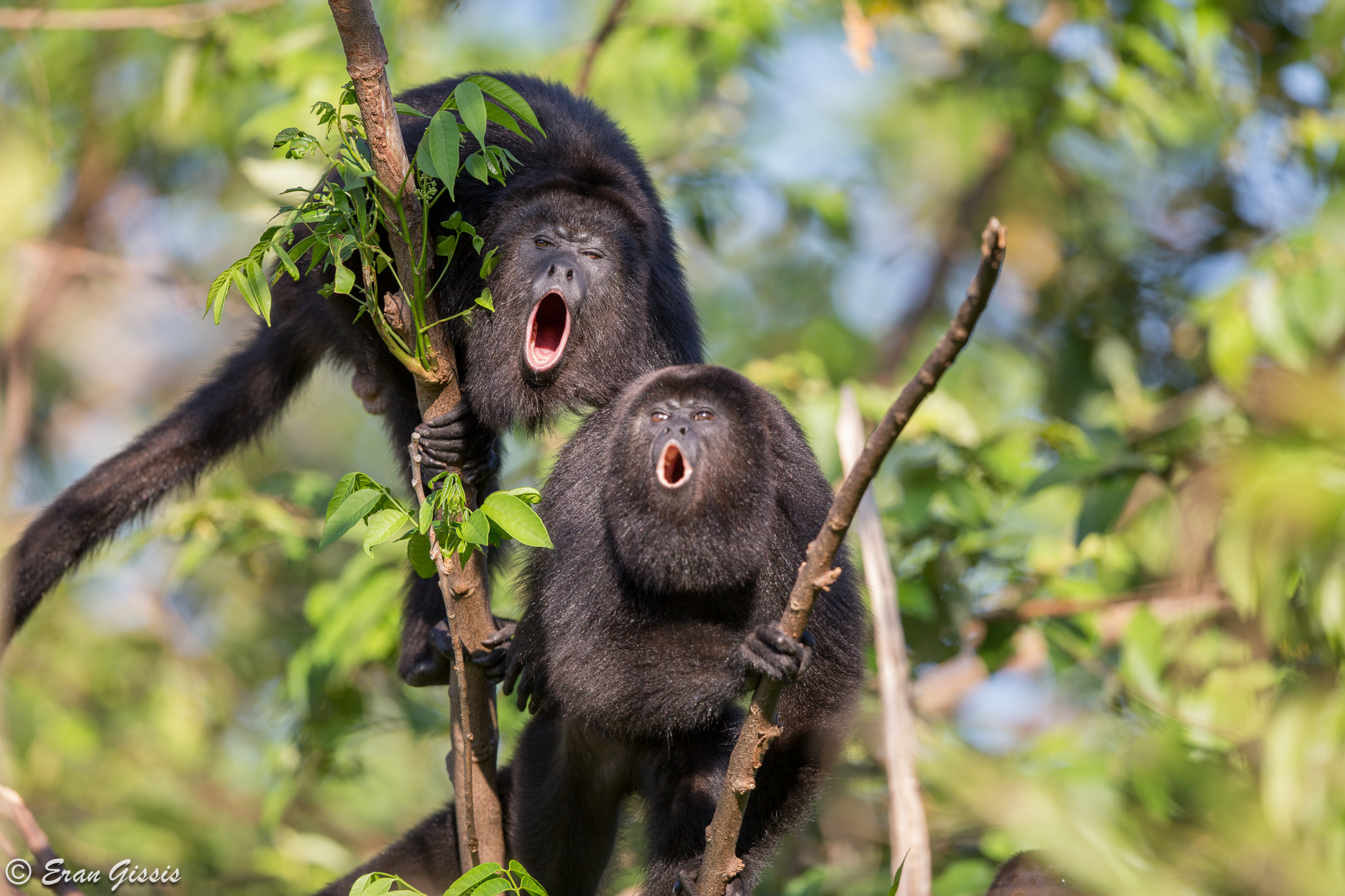 The Community Baboon Sanctuary (CBS) is the oldest Community Conserved Area (CCA) in Belize. It was established in 1985 and is located in Belize’s northern coastal plains. While Belize hosts many nature preserves and national parks, the uniqueness of the CBS lies on how it is operated, and thus, was the impetus for igniting the designation of Protected Areas in Belize. Its nature and functioning is completely embedded within eight River Valley communities where several indigenous Creole villages work to protect the forests and rivers. Individual landowner participation is completely voluntary and based on a pledge system. Years of grassroots conservation efforts have succeeded in attracting one of the largest Yucatan black howler monkey populations in the world. It is an IUCN Category IV Protected Area and CCA. In addition to its importance as a community-based conservation area, this sanctuary plays a pivotal role as a part of the Central Belize Biological Corridor that connects to the larger Mesoamerican Biological Corridor. It is also a part of the Great Mayan forest, which is shared by three nations (Belize, Mexico and Guatemala) tied together by the rich cultural roots of the Maya people who have historically lived in the area (Brokaw, 1998).
The Community Baboon Sanctuary (CBS) is the oldest Community Conserved Area (CCA) in Belize. It was established in 1985 and is located in Belize’s northern coastal plains. While Belize hosts many nature preserves and national parks, the uniqueness of the CBS lies on how it is operated, and thus, was the impetus for igniting the designation of Protected Areas in Belize. Its nature and functioning is completely embedded within eight River Valley communities where several indigenous Creole villages work to protect the forests and rivers. Individual landowner participation is completely voluntary and based on a pledge system. Years of grassroots conservation efforts have succeeded in attracting one of the largest Yucatan black howler monkey populations in the world. It is an IUCN Category IV Protected Area and CCA. In addition to its importance as a community-based conservation area, this sanctuary plays a pivotal role as a part of the Central Belize Biological Corridor that connects to the larger Mesoamerican Biological Corridor. It is also a part of the Great Mayan forest, which is shared by three nations (Belize, Mexico and Guatemala) tied together by the rich cultural roots of the Maya people who have historically lived in the area (Brokaw, 1998).
Currently, there are 170 signed pledges that cover 12,800 square miles of properties in the communities of (i) Flowers Bank, (ii) Scotland Half-Moon, (iii) Isabella Bank, (iv) St. Paul’s Bank, (v) Big Falls, (vi) Willows Bank, (vii) Double Head Cabbage, and (viii) Bermudian Landing. These properties form the linkages in the Northern and Central Belize biological corridors. However, many of the landholder members have died and the status of property ownerships is unknown (i.e. how much has been passed on to next of kin, sold off or whether the properties still hold biophysical features for forest connectivity). In a flyover conducted in 2012, increased fragmentation on CBS member lands and loss of forest interconnectivity have been detected, primarily due to the massive fire in March 2011.
To this end, the ICCA-GSI project is aimed at revising the CBS management plans to restore forest connectivity, protect habitats and address requirements of black howler monkeys and other wildlife, and ensure the sustainable use the natural resources within the CBS. Key activities include (i) revising the pledge model through comprehensive research of property ownerships, leases, biophysical features and acreages that might have grown or diminished. Data collection will be done through interviews, fly overs and mapping of individual properties; (ii) incorporating a unique specialized CBS management model that is capable of flexible responses to change in order to achieve conservation targets while respecting individual holder’s property rights, and aligned to the Belize government’s land policy and the National Protected Area System Plans (NPAS) framework; (iii) advocating for the enforcement of the 66ft river bank buffer to be included in the model pledge; (iv) developing a landowner and membership database for CBS management purposes; (v) develop individual landowner maps to include spatial, vulnerability and key conservation areas.
This project started on November 2017 and ends in October 2019. It promotes the crucial work of the Community Baboon Sanctuary Women’s Conservation Group (CBSWCG) in contributing to the 2030 Agenda for Sustainable Development specifically on the following Goals: (5) Gender Equality; (7) Global Reach for Citizen Practice -Based Knowledge Programme;(11) Sustainable Communities & Cities; (13) Climate Action; (15) Life on Land; and (17) Partnership for Goals. It also contributes to the GEF SGP strategic initiative on Community Landscape/Seascape Conservation.
Photos - Top left: The CBS’ grassroots conservation efforts have succeeded in attracting one of the largest Yucatan black howler monkey populations in the world.





